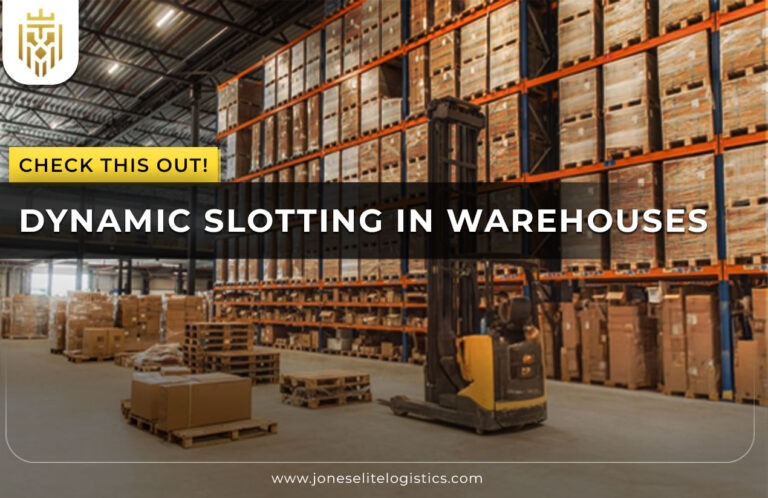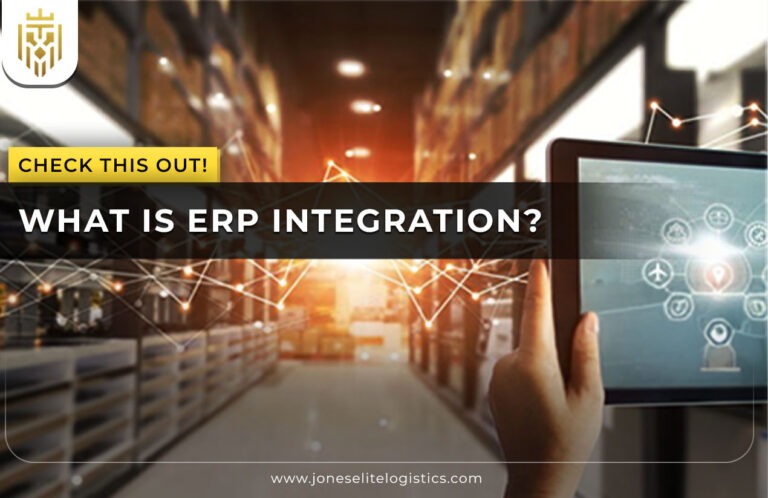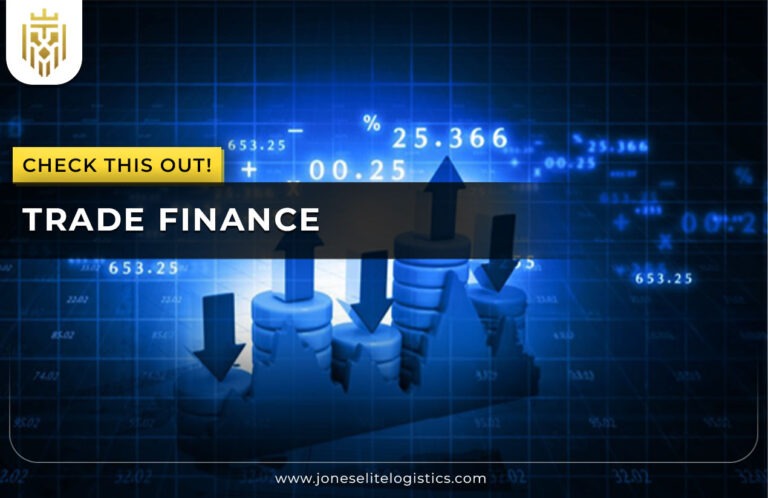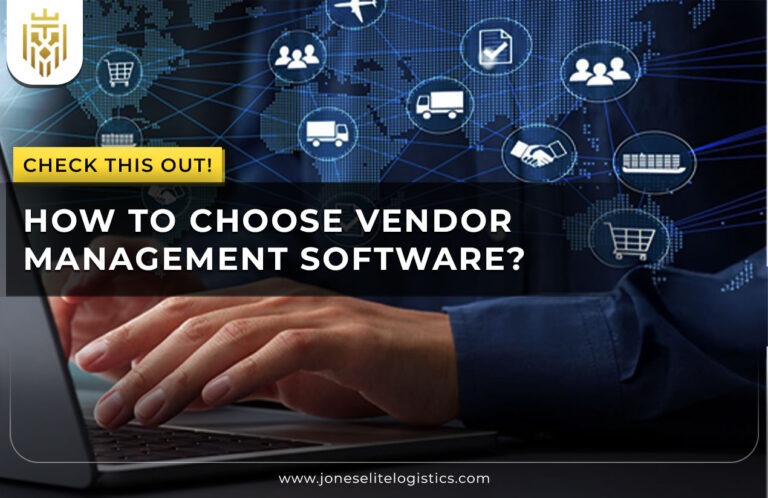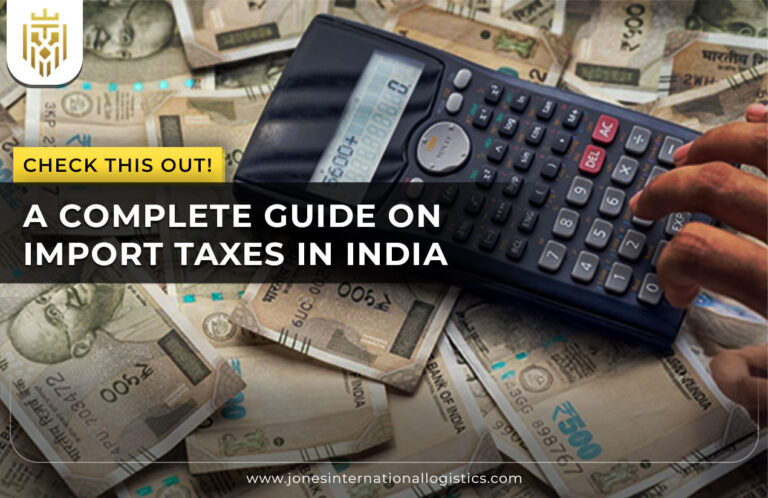What is E-commerce and Dropshipping?
Myntra, Amazon, Flipkart, Meesho, and other online-based companies are some of the major players in the e-commerce industry, which involves the exchange of goods and services and the transaction of funds over the digital world. Dropshipping functions in a similar manner, except the sellers are mostly entrepreneurs looking to earn good cash and establish themselves. We will go through more in detail about both sides:
What is E-commerce and how does it work?
E-commerce can be referred to as electronic commerce which is the conducting of business through the use of the internet. It functions through the internet marketplaces where sellers post products or services. The consumers go through these listings, purchase using digital money and get their orders delivered. It is done through online markets such as Amazon and Flipkart or a dedicated website. E-commerce comprises many forms such as B2C (business to consumer), B2B (business to business), C2C (consumer to consumer), and C2B (consumer to business). Some of the elements are the digital shop window; the safe payment platforms on the Internet; and the delivery system to customers.
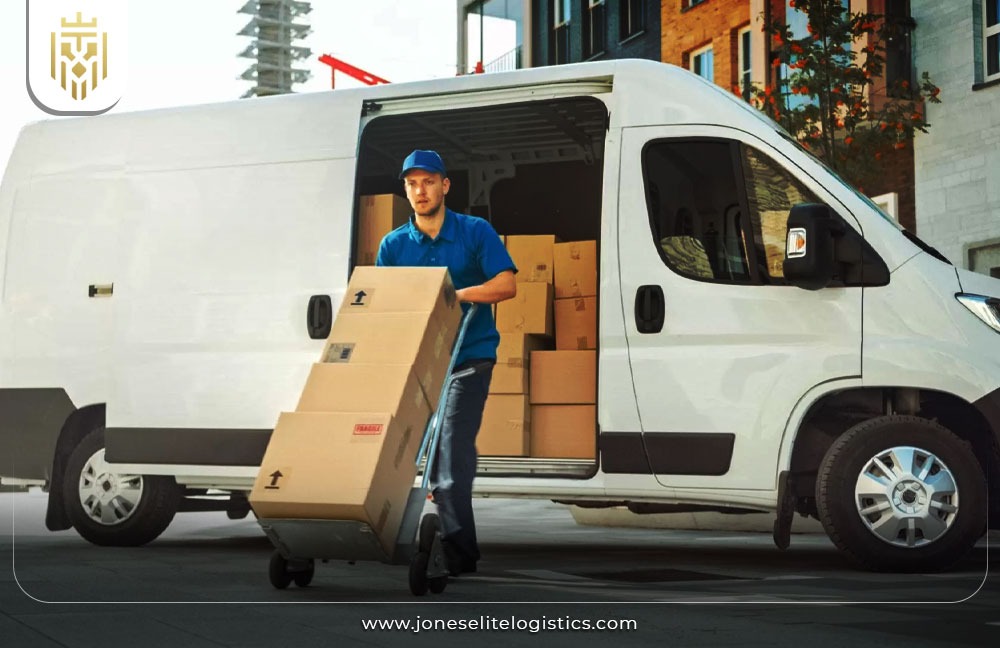
What is Dropshipping and How does it work?
Drop-shipping is an electronic business approach that does not require the merchant to retain stock. However, when a customer decides to order, the retailer buys the product from a third party, who delivers it to the customer. The responsibilities of the retailer are mainly to operate the online store and market the products besides addressing the customer concerns. This model also saves on overhead costs mainly through the non-storage of inventories. Dropshipping is commonly used on platforms such as Shopify, where business people can create e-stores, list items provided by the supplier, and concentrate on sales and advertising.

Understanding the Differences: Dropshipping vs E-commerce:
E-commerce is all internet sale activities, such as having stocked goods, employing warehouses, and delivering the merchandise to the consumer. Thus, dropshipping is a particular form of e-commerce in which sellers do not hold inventories but forward customer orders to other dealers or manufacturers. The commonplace sort of selling presents higher initial expenses in merchandise and stock whereas dropshipping enables fewer initial and operating capital. While in dropshipping the focus is rather on the supplier and his product, traditional E-commerce allows for gaining better control over the supply chain and quality of the offered goods.
Similarities between Dropshipping vs E-commerce:
They utilize an online platform to sell their products, meaning that both methods require an online store and advertisement for the available products. They adopt similar checkout systems and some advertising techniques for instance search engine optimization, social media, and electronic marketing. As earlier noted, both the models’ main goal is in an attempt to satisfy the clients’ demand for online shopping convenience. Customer service management is also necessary for dealing with customers’ requests, complaints, and returns to improve the relations between the company and its customers.
Benefits of E-commerce and Dropshipping:
Over the years, e-commerce and dropshipping have stayed and are thriving with the advent and rapid rise of technology and connectivity worldwide. They offer numerous benefits such as:
No Premises Required:
In e-commerce and dropshipping all elements of the supply chain, including retail spaces are not required, therefore cutting on rental and utility expenses. This makes it possible for businessmen to manage their companies online, be it from their house, or any other place of their preference. It also assists in expanding the business since businesses are not confined to a particular area of operation.
Global Reach:
E-commerce and dropshipping allow the company to have clients outside the local area and a significantly broader audience. Therefore, through the use of digital marketing and shipping, more customers can be served not only locally, but also across borders hence enhancing sales and publicity of the brand.

Less Capital:
This phenomenon no doubt results in lower investment compared to the traditional e-commerce business model because the latter does not involve acquiring and stocking products as drop shippers do. This helps to minimize financial risk as it financially incapacitates the entrepreneurs and enables them to start their businesses with little capital. It also has less overhead costs compared to traditional store-type businesses because of minimal physical contact with customers.
Flexibility:
These two business models are flexible ones where business can be conducted from any location, at any time of the day, and with any kind of product. The use of the Internet allows entrepreneurs to be able to operate their businesses from any location and adapt to the changes in the market by diversifying their products. This keeps the business dynamic and capable of responding to market forces in the most efficient ways possible.
Dropshipping vs E-commerce, which business model is right for your business?
Deciding between the two models of business depends on the business requirements, financial capacity, and available capital. This business model was popular among businessmen who have small capitals because it allows them to enter the sphere of internet retailing with very low risk. It enables the fast expansion of the services and varied product portfolio with no issues of stock holding. However, it depends on the reliability of the supplier and may more often result in low-profit scales. The conventional retail model suits those willing to take inventory and delivery risk successfully, as it gives the merchant full control over quality and user experience. It comes with a greater profit margin and brand image but more fixed, variable investments, and controls.
FAQs
1) What is E-commerce and dropshipping?
Electronic commerce or retailing as commonly referred to as e-commerce is the selling of products or provision of services through the Internet. Dropshipping is a business model in which a retailer does not directly keep goods in stock instead, they purchase the products from a third party and send the items to the customer for a profit.
2) What is the Difference between E-commerce and dropshipping?
Electronic commerce or retailing as commonly referred to as e-commerce is the selling of products or provision of services through the Internet. Dropshipping is a business model in which a retailer does not directly keep goods in stock instead, they purchase the products from a third party and send the items to the customer for a profit.
3) What are the benefits of E-commerce and dropshipping?
Electronic commerce or retailing as commonly referred to as e-commerce is the selling of products or provision of services through the Internet. Dropshipping is a business model in which a retailer does not directly keep goods in stock instead, they purchase the products from a third party and send the items to the customer for a profit.
4) What is E-commerce and how does it work?
Electronic commerce or retailing as commonly referred to as e-commerce is the selling of products or provision of services through the Internet. Dropshipping is a business model in which a retailer does not directly keep goods in stock instead, they purchase the products from a third party and send the items to the customer for a profit.

